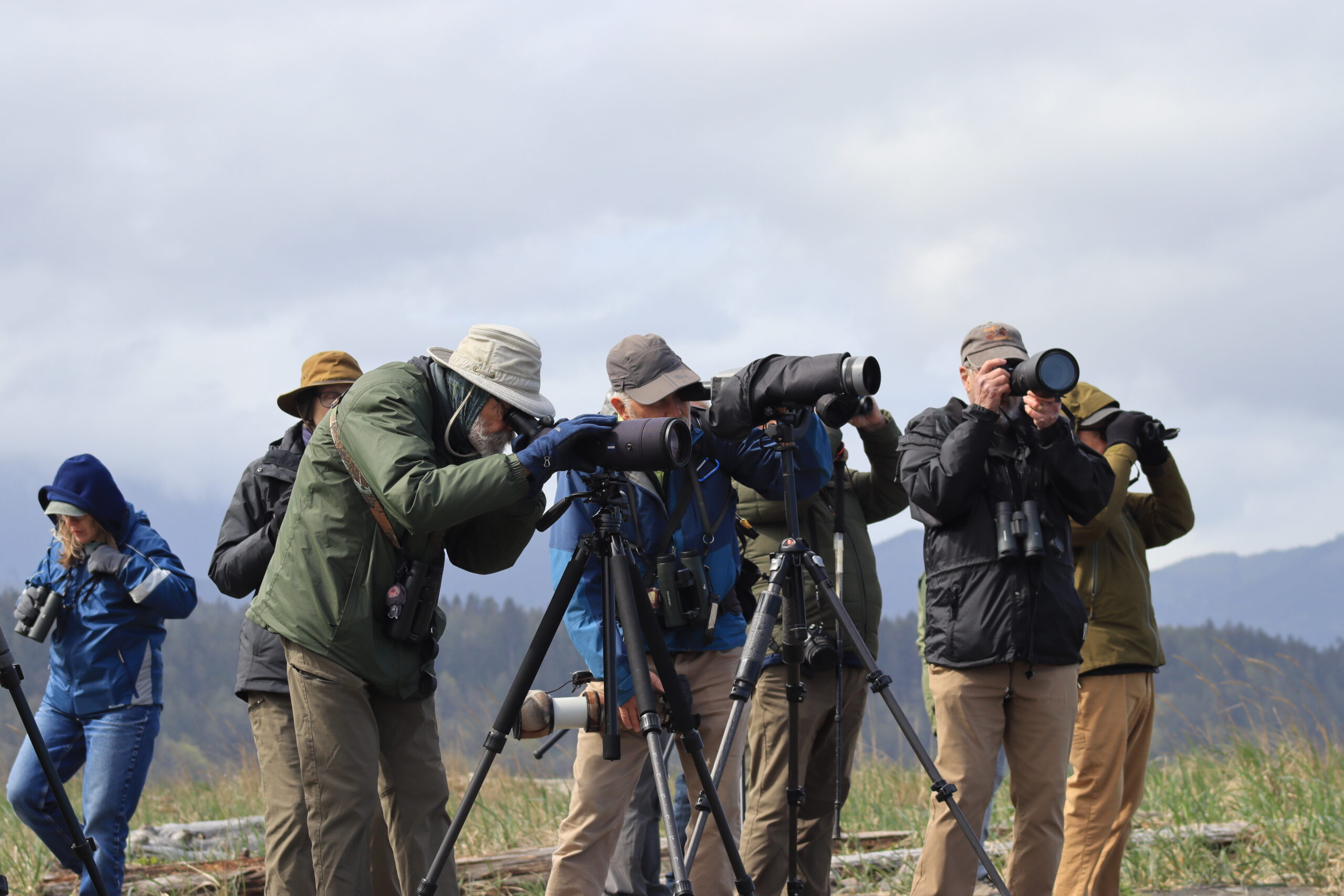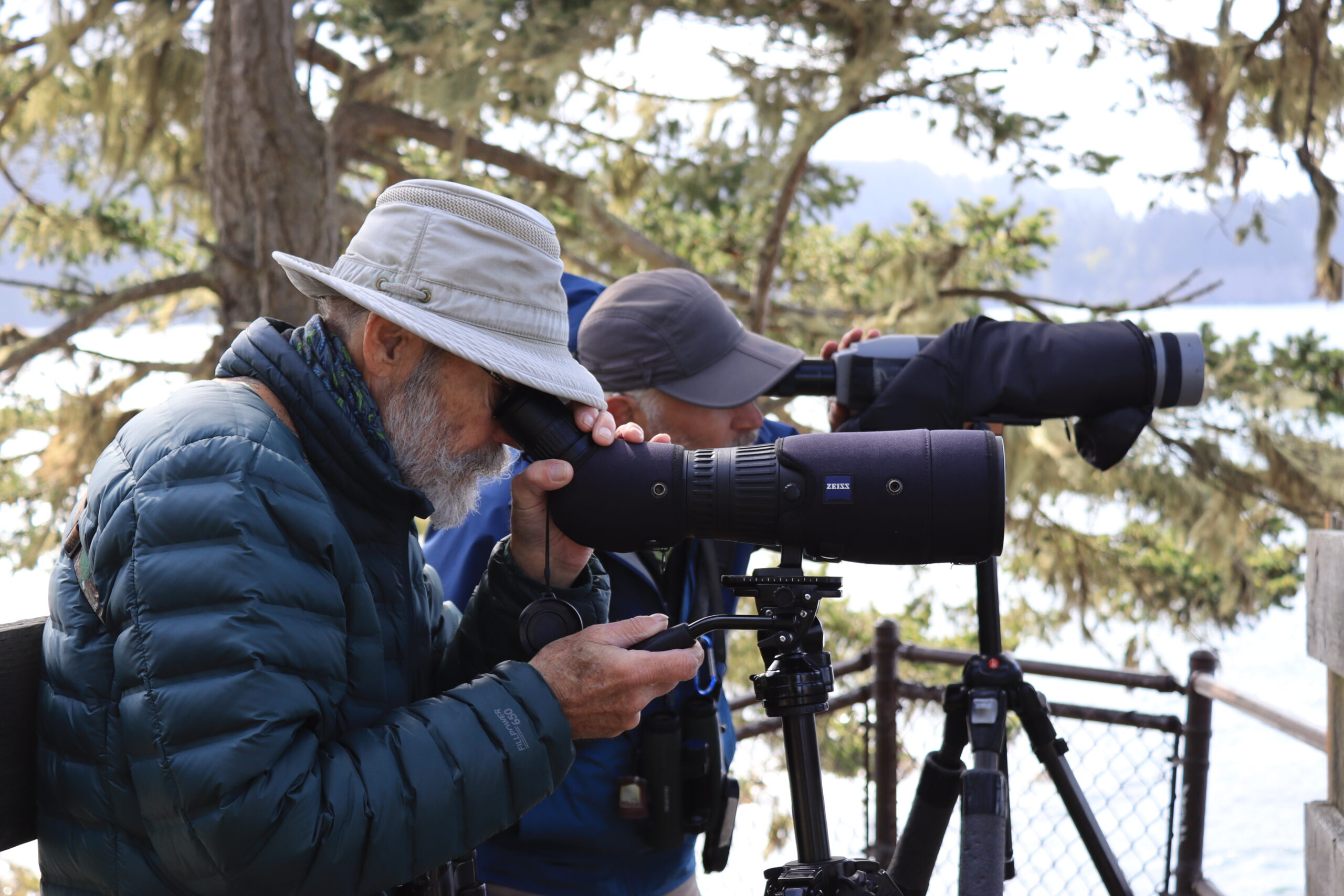
Director’s Perspective – May
 “Look at that gull with yellow legs, and see if you can see both red and black on its bill,” said trip leader Bob Boekelheide. Some of the group leaned to look into spotting scopes, while others raised binoculars, trying to pick out one pale grey-and-white bird from a host of other pale grey-and-white birds gathered hundreds of yards away on the sand bar. Without binoculars they all look very much the same—a vast swarm of 100+ gulls.
“Look at that gull with yellow legs, and see if you can see both red and black on its bill,” said trip leader Bob Boekelheide. Some of the group leaned to look into spotting scopes, while others raised binoculars, trying to pick out one pale grey-and-white bird from a host of other pale grey-and-white birds gathered hundreds of yards away on the sand bar. Without binoculars they all look very much the same—a vast swarm of 100+ gulls.
On this trip (part of the River Center’s annual BirdFest), we had already seen large flocks of birds: for example, more than 1000 Common Murres floating together on the ocean. But unlike some of the other flocks, gulls typically have several species hanging out together with a strong resemblance to one another — providing a nice challenge for the group and a good teaching opportunity for Bob and the other trip leaders.
People become birders for different reasons. Some like looking at the bright colors of many songbirds. Others appreciate birds’ varied behaviors—from nectar-sipping hummingbirds, to murres and loons that chase fish beneath the sea, to Brown Creepers and nuthatches that pick insects from crevices in bark. Gulls provide a natural alternative to wordle or sudoku. Identifying them requires careful attention to small differences, and a mix of intuition and logic.
We have “Olympic gulls” that are a hybrid between Western and Glaucous-winged gulls. These can vary in appearance from a smooth grey with wingtips that match the color of the back (a glaucous-winged type), to vibrant black wingtips that contrast with a dark grey back (a western gull type). Both have pink legs and a bright yellow bill with a red feeding spot. Well, as adults anyway. Immature gulls, much like human teenagers, may look very different than their parents. Then there are short-billed gulls that are smaller than the Olympic gulls, with– you guessed it– shorter bills. Herring gulls resemble Olympic gulls, but lighter grey with pale eyes.
Olympic BirdFest, which happens every April, is the River Center’s flagship offering for a chance to learn about birds in depth. But you don’t have to wait to begin to learn more about birds. Each month the River Center and its partners, particularly Olympic Peninsula Audubon Society, offer frequent birding opportunities. Come explore nature’s puzzles—more info on dungenessrivercenter.org/programs.

